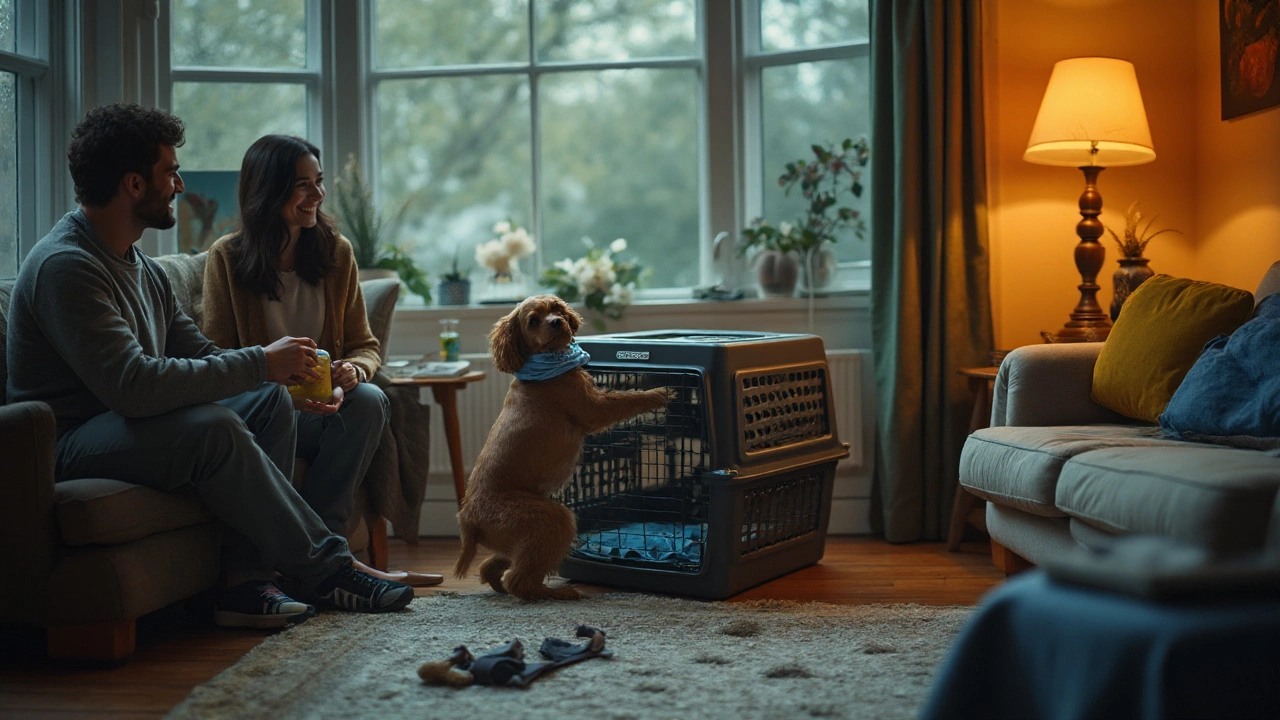Pet Sedation Plane: How to Keep Your Pet Calm During Flights
If you’ve ever worried about your dog or cat getting nervous on a flight, you’re not alone. Air travel can be noisy, cramped, and full of unfamiliar smells – all things that can spike a pet’s stress. The good news is you don’t have to rely on heavy medication or risky shortcuts. With the right preparation, you can help your pet stay relaxed and safe from take‑off to landing.
Do You Really Need Sedation?
First, ask yourself if sedation is necessary at all. Many vets say that mild anxiety can be handled with simple tricks: a familiar blanket, a favorite toy, or a short walk right before you head to the gate. If your pet has a history of severe panic attacks, a vet‑prescribed mild sedative might be an option, but it should never be the first choice. Strong sedatives can affect breathing, especially at high altitude, and they may make it hard for you to read your pet’s signals.
Talk to your vet about the exact dosage and timing. The best plan is usually to give medication 30‑45 minutes before the flight, not right at the airport, so the drug has time to settle. Always test the medication at home first – give a small dose a few days before travel and watch for any side effects.
Practical Steps for a Stress‑Free Flight
1. Choose the right carrier. A well‑ventilated, airline‑approved carrier that’s big enough for your pet to stand, turn around, and lie down is crucial. Line the bottom with a soft towel and a small, familiar blanket. The smell of home can be a huge calming factor.
2. Book early and request a quiet zone. Some airlines let you reserve a spot away from the engines or the lavatories. Less foot traffic means fewer loud noises that could startle your pet.
3. Stay hydrated. Offer water right up until you go through security. A well‑hydrated pet is less likely to feel dizzy or uncomfortable during ascent.
4. Stick to a routine. Feed your pet a light meal the night before and skip a big breakfast on travel day. A full belly can lead to nausea, while an empty stomach can cause low blood sugar.
5. Use calming accessories. A pheromone spray designed for dogs or cats can be spritzed inside the carrier 15 minutes before you close it. Some owners also swear by a snug‑fit shirt that provides gentle pressure, similar to a hug.
6. Keep calm yourself. Pets pick up on your energy. If you’re jittery, your dog or cat will mirror that. Take deep breaths, smile, and talk to your pet in a soothing voice.
7. Know the airline’s pet policy. Every carrier has its own rules about size limits, health certificates, and whether pets can travel in the cabin or must go cargo. Load all required documents into a folder and keep it handy at check‑in.
8. Plan for emergencies. Have a basic pet first‑aid kit with bandages, tweezers, and any meds your vet prescribed. Knowing the location of the nearest vet at your destination can also ease your mind.
When the plane lands, give your pet a few minutes to adjust before opening the carrier. Let them step out at their own pace, and reward them with a treat. This positive reinforcement helps them associate travel with good outcomes.
Traveling with a pet doesn’t have to be a nightmare. By focusing on comfort, proper preparation, and only using sedation when truly needed, you’ll make the journey smoother for both of you. So the next time you book a flight, remember these tips and enjoy a calmer sky together.
Is Flying Traumatic for Dogs? Risks, Stress Signs, and How to Make Air Travel Safer (2025 Guide)
Is flying traumatic for dogs? A 2025 guide on risk, stress signs, cabin vs cargo, and a step‑by‑step prep plan to make air travel safer and calmer for dogs.
